Regular watering is key to successful vegetable and flower growth. Not all gardeners are able to carry water to their precious plants particularly when other commitments take them away from home or when, as is the case with this Amateur Gardener, poor health precludes carrying water buckets from tap (faucet) or reservoir to the beds. This Project is aimed at developing a wireless controlled Irrigation System that will facilitate the regular watering in a controlled manner to Raised) Garden Beds without having to lift and carry heavy water containers.
The major steps to achieve this goal are:
- Design a Control Board (PCB) embodying a wireless controller with micro-processor (including appropriate firmware) which interfaces to a Solar Panel and Water Solenoid
- Build prototype PCB and test with Solar Panel and Solenoid
- Assemble one or more proven design PCBs and house in waterproof box
- Assess suitable programming languages and development environments
- Test proposed Network Tooplology (the use of MQTT is currently being assessed)
- Write an Application for a suitable Laptop or Tablet to provide timing for the Controller.
- Expand the basic system to cater for multiple Zones by sequentially switching the limited water pressure/pipe flow between Zones.
Several new skills will need to be learnt including:
- CAD to produce drawings that will allow the bare PCB to be manufactured
- Mastering SMD soldering techniques to allow satisfactory assembly of the PCB components
- Essential programming basics using a suitable coding language.
Fortunately the Developer of this ambitious Project starts with many years of experience in electronic design both from industry and from amateur radio. He also has a passion for Raised Bed Gardening
Key features of the design are:
- Low power consumption to preserve battery life
- Small size
- Readily available components
- Modular expandable configuration
Hopefully the Project will also show that 'you're never too old' to learn new skills, the Developer now being in his eightieth year.
Outside The Box
The Solenoid Control PCB is just one element of the System. Also necessary is a suitable Solar Panel and a Solenoid. These are readily available and proposed items for my System are shown in the Photo Gallery. The BACO Solenoid is the 12V CR05 version as this has 5 wires, 2 for the 12V solenoid drive and 3 others giving feedback as to the position of the Solenoid which will be sensed by the Microprocessor. Cheaper 'washing machine ' solenoids have been ruled out as they draw current for the whole period they are on. The Solar Panel is a 5V unit with s/c current of 50 mA.
A Raspberry Pi will be used as an MQTT broker, this will be in the house and connected to the Main WiFi Network. An LCD connected to this Unit will provide the UI.
Another part of the System (already built) is a pump driven by a shed roof mounted Solar Panel and housed in a small box together with a Solar Charge Controller, Battery and Timer. Fed from a Waterbutt, this will be used to create some pressure in the 13 mm main distribution pipe into which the Zone Solenoids will be inserted.
 Michael Frank Taylor
Michael Frank Taylor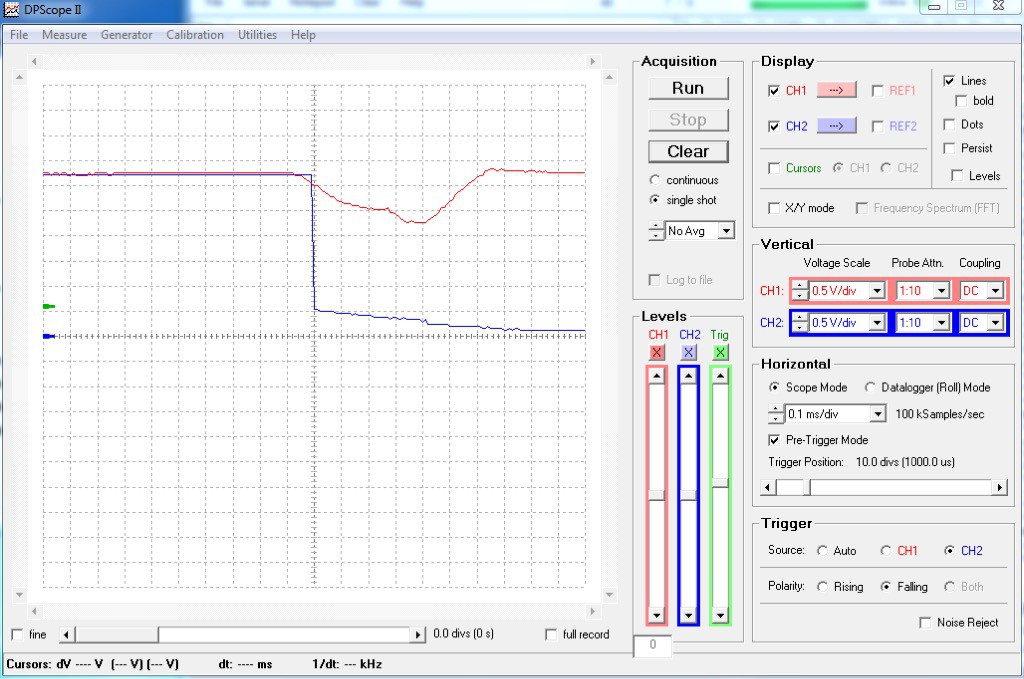
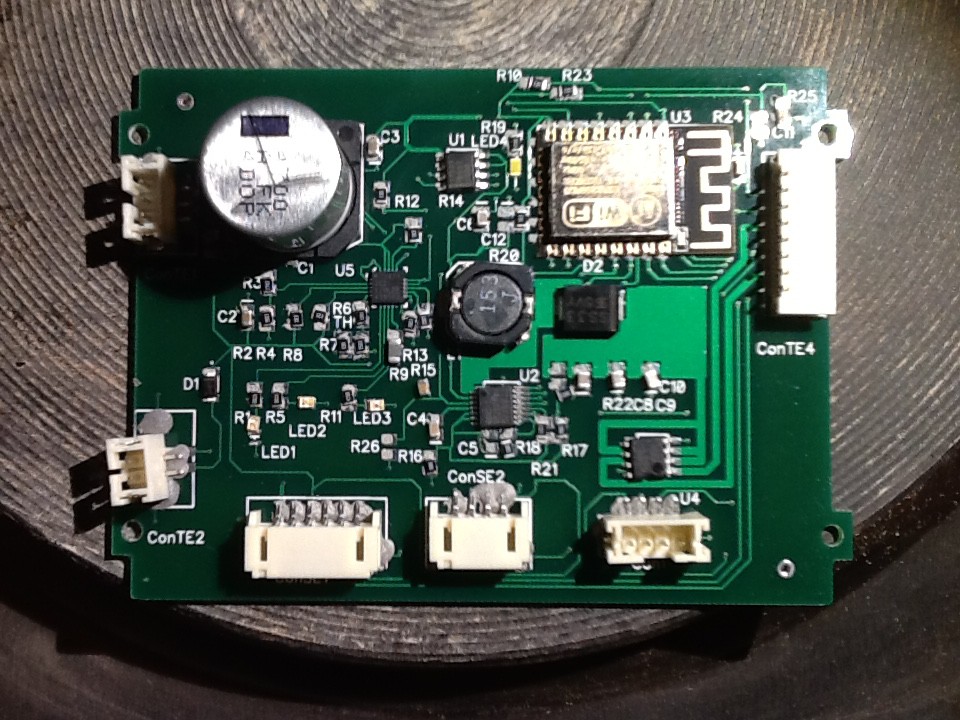
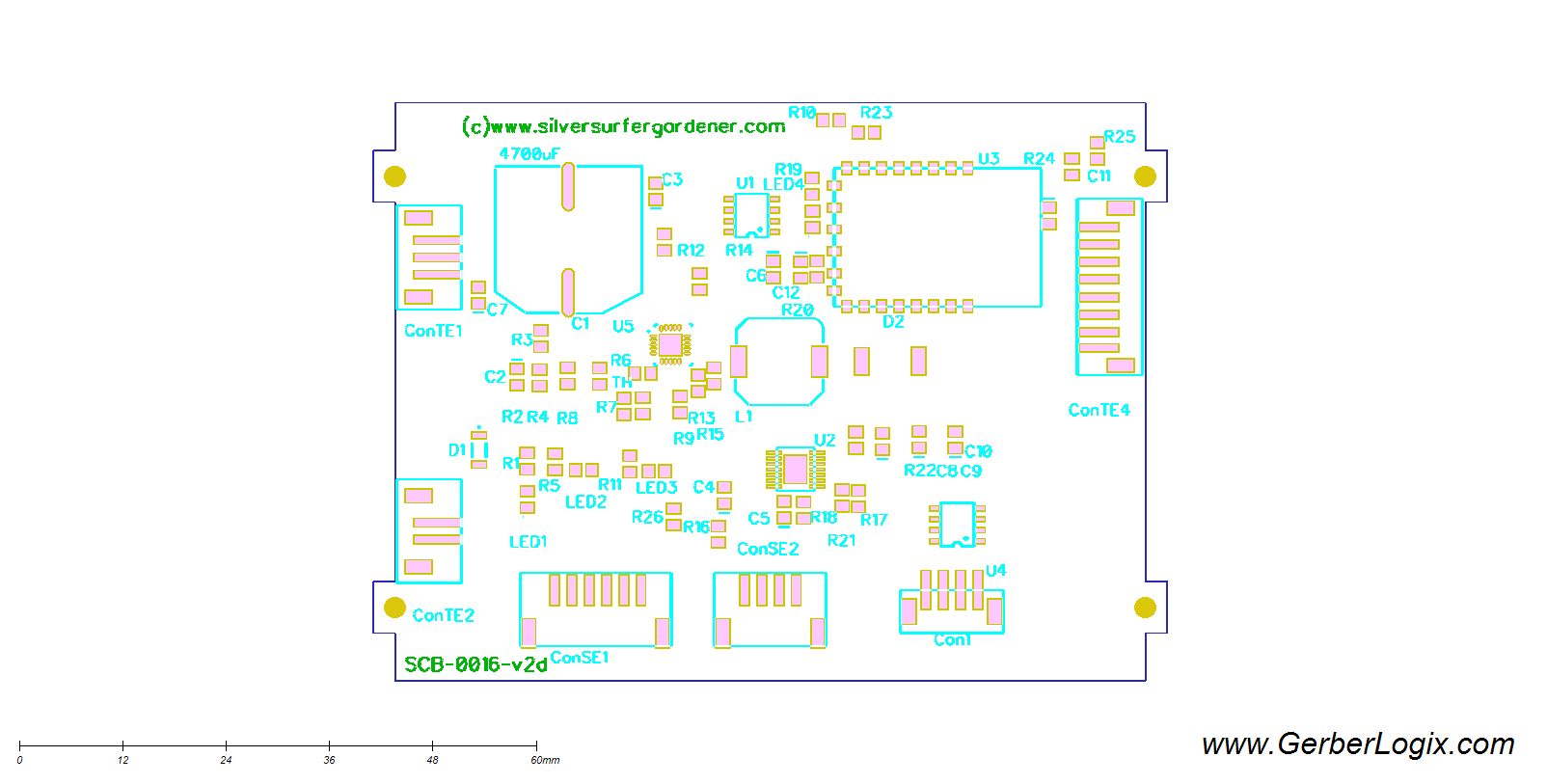
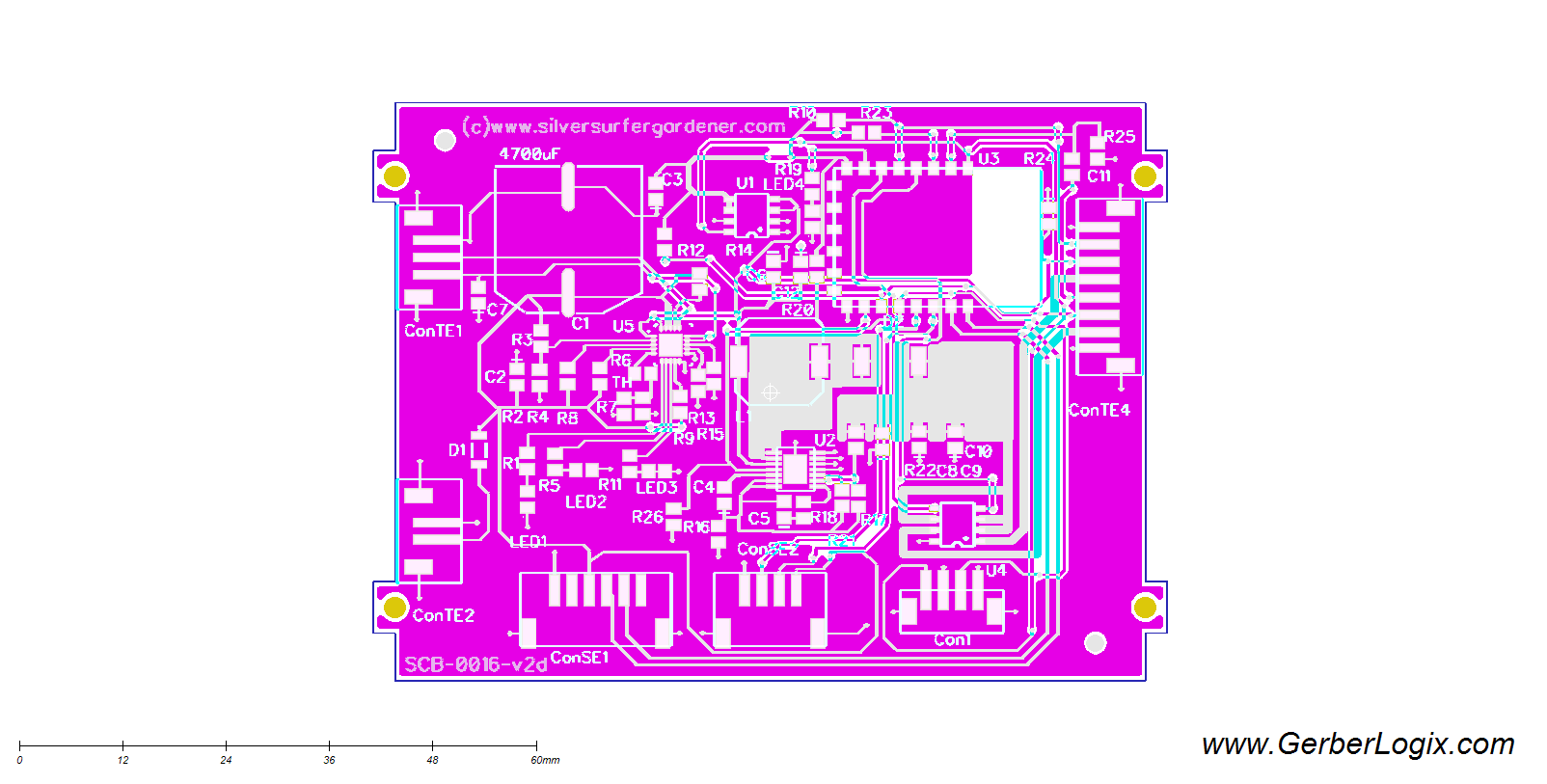
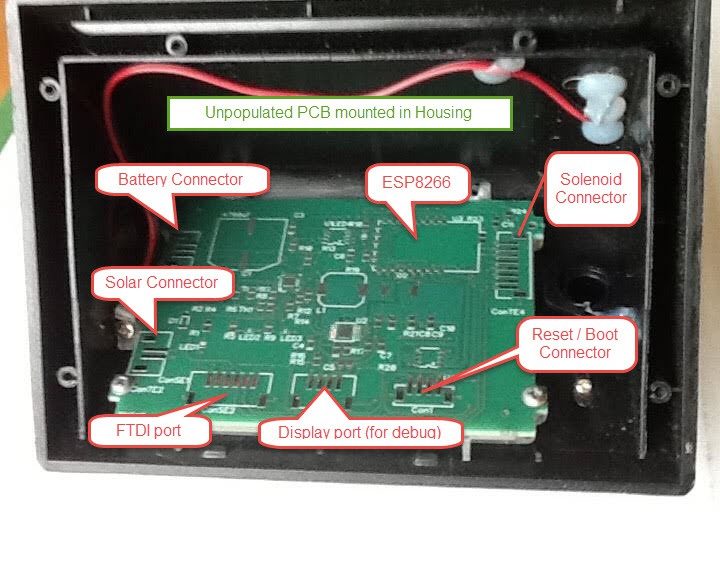 The firmware fis another aspect of the work still in progress. Programming is not my strong suite so I was very relieved to find a Project on GitHub that looks very promising ad even provides pre-compiled binaries for flashing to the ESP8266-12E. Although it would be too much to expect that it will fulfil the Requirement without any modification it will certainly form, with Node-Red and the other supported features a good basis for the Project. My PCB is an adaptation of the board designed for the Home Automation Project that is fully documented on the
The firmware fis another aspect of the work still in progress. Programming is not my strong suite so I was very relieved to find a Project on GitHub that looks very promising ad even provides pre-compiled binaries for flashing to the ESP8266-12E. Although it would be too much to expect that it will fulfil the Requirement without any modification it will certainly form, with Node-Red and the other supported features a good basis for the Project. My PCB is an adaptation of the board designed for the Home Automation Project that is fully documented on the 

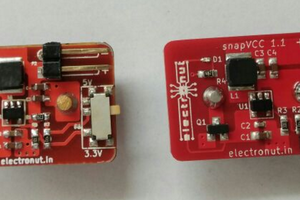
 Mahesh Venkitachalam
Mahesh Venkitachalam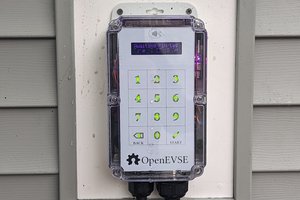
 C. Scott Ananian
C. Scott Ananian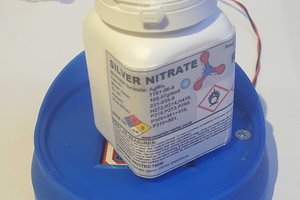
 Stephen Harrison
Stephen Harrison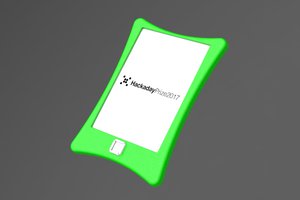
 Chris
Chris
Yes they are ChineseEuropean made PCBs but to generate the drawings I had to learn a CAD program (Diptrace) which was a new skill for me and I had to due some research of Application Notes to ensure that I had a workable layout